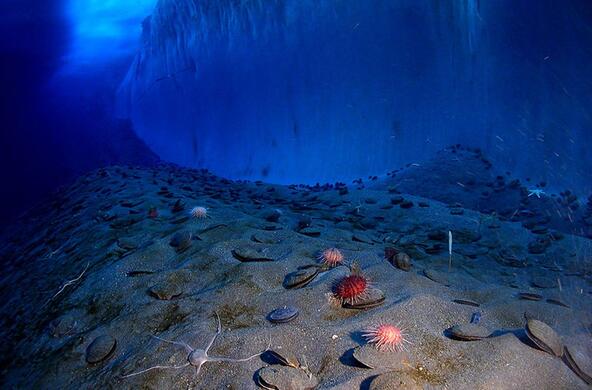As interest grows in methods to remove carbon dioxide from the atmosphere—negative emissions—it is worth evaluating how effective various approaches might be, especially if we begin to offer payments and subsidies to those who do so.
It is easy to assess a facility to remove carbon dioxide from an airstream by chemical reaction. Once the energy used to build and operate the plant is subtracted from its carbon capture, the rest constitutes a real negative emission.
Environmental scientists would call this “additionality,” since it is a new addition to our various attempts, like planting trees, to remove carbon dioxide from the air. It would not have happened without the efforts of those who invest and built the plant for this purpose.
Additionality is harder to assess in forestry and agriculture. Take, for example, a farmer who adds nitrogen fertilizer to her fields to increase crop yield, and thus the plant residues that contribute to soil organic matter—a store of carbon. If the farmer has long fertilized this field and if the standard practice on neighboring farms is to fertilize, then the additional carbon dioxide removed from the atmosphere does not readily fall into the category of being additional. The farmer should not get a payment for any new carbon stored in the soil.
Similar evaluations apply to forests. When trees are cut and new trees are planted or allowed to return by natural succession, then the carbon uptake by the regrowth is not additional—it would have happened anyway. Only when trees are planted on lands that have not previously supported forest could their carbon be considered additional. No matter how much carbon they assimilate, the carbon uptake by an existing mature forest is not additional, even though cutting that forest will contribute carbon dioxide to the atmosphere.
Collections of methane, known colloquially as biogas, from cattle and pig manure are also not easy to assess for additionality. If the gas was previously vented to the atmosphere, then capturing this methane could be considered additional. If the gas was already being captured and burned as a fuel, then those who burn it should not get additional credit for reducing the probability of climate change. Indeed, the CO2 released should be added to their emissions inventory.
When your church needs to raise more money, you don’t get credit for the buck you drop in the collection plate if you are in the habit a dropping a buck each week. It’s not additional.
See earlier blog post: The missing sink






